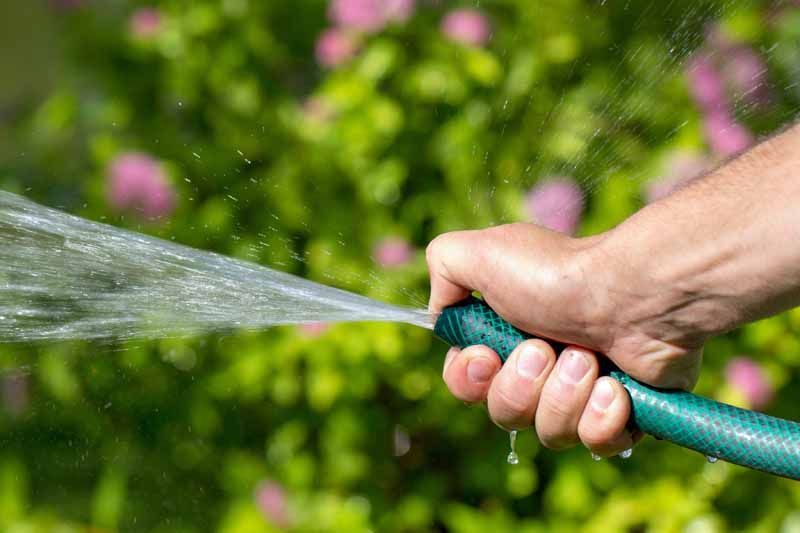The brightness wars are upon us

Let’s first talk about the flagship smartphones of late and the insane claims of 4,500 nits of brightness and more. We won’t delve deep into the physics, but a fun fact is that one nit of brightness is equivalent to the light from one candle on a square meter (1 cd/m2).So, one would think that 5,000 candles illuminating that square meter is pretty bright. And it is bright, but there’s a tiny cheat that most manufacturers use to pull off these numbers. This cheat is called APL (average picture level), and it’s also the core mechanism of our little trick to make your phone brighter.
What is APL and why does it matter?


The “average picture level” term is used to describe the brightness of the image averaged across the screen. And because white pixels are the brightest, we will use them to simplify the subject.
Imagine a screen displaying a white image entirely at the maximum brightness setting of your phone. This is 100% APL. If you make the half of the image pure black, this becomes 50% APL, and so on and so forth.
So, usually there’s a fine print under those 4,500 or 5,000 nit claims by smartphone manufacturers, saying that this brightness was achieved at 1% APL or 5% APL. What this means is that the screen only showed a small portion of white pixels.
In real life, we almost never use our phones in such a way. The average picture level of our daily content varies, but it’s almost never at the extremes—a 100% APL image with all white, or 1% APL with almost no white.
How OLED panels work


Why there’s a difference in brightness between 1% APL and 100% APL, you might ask. It’s due to the specific way OLED panels work and how the power is distributed. Imagine a hose with water (thanks, Pete, for the great analogy). If you let it run open, the speed of the water isn’t very fast. But if you squeeze it, you can greatly increase the speed and spray your neighbor (if he deserves it, of course).The OLED power distribution is the same thing. 100% APL is analogous to the wide open hose, while 1% APL is pretty squeezed. The speed of the water is the brightness you can get, so when you “squeeze” an OLED panel to light up just a few pixels, the output is greater than the case when you “open” the power hose and let the whole screen go white.
How to make your phone brighter


You might have already guessed what we’re about to write next, or you knew all along. But if we take into consideration all of the above, you can make your smartphone brighter if you keep your APL lower.
How do you do this? Opting for an all-black background could do wonders in this situation. Not only will this give the icons on your home screen more juice, but subjectively they will look brighter because of the contrast.
You can use Dark Mode as much as you can, system-wide or in certain apps to further magnify this effect. However, it’s much trickier when you consume media where you don’t have control over what image is displayed. Still, when you’re using apps or your phone interface in general, this little trick can help boost the brightness a little and make it easier under the scorching sun.
Disclaimer: Some manufacturers put a limit on the brightness over a certain APL percentage. For example, iPhones have such a threshold at 50% APL. This means you will get a uniform brightness above that level, no matter how black your background is.
This is done to avoid huge spikes in brightness when you switch between different images. let’s say you finish watching a video clip on your phone under the sun and jump back to your dark home screen.
Nevertheless, even with such limits in place, the dark background/Dark Mode tricks apply in most cases (as a black background/interface keeps the APL at a fairly low percentage).
What do you think about it? Did you know this, and do you use the tiny trick when it’s too bright outside?

